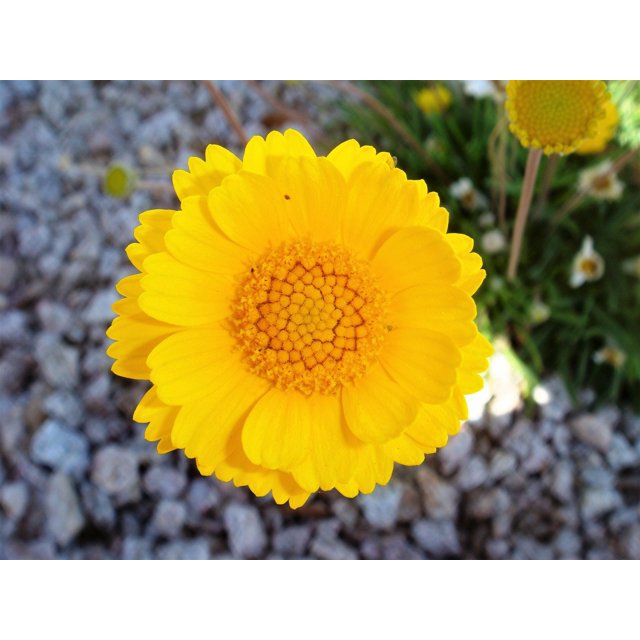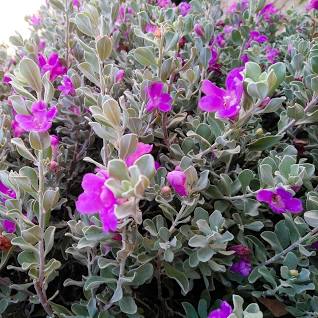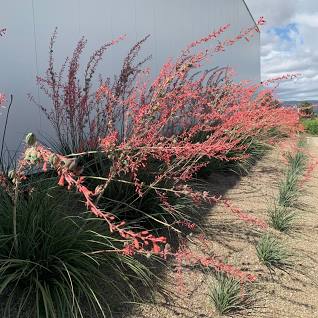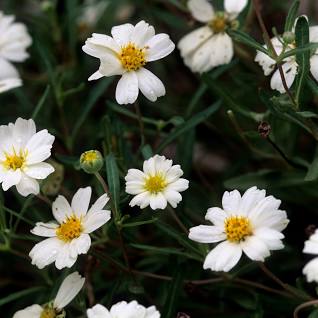Hours: Monday - Saturday 9am to 6pm • Sunday 12pm to 5pm
Our Living Library
Read our blog for tips, tricks and helpful information about all of our product and services.

Gardening Success in West Texas: Tips for Thriving in a Challenging Climate
"Texas plants may endure harsh conditions, but their resilience paints the landscape with nature's indomitable spirit."
- Joe Alldredge
Introduction:
Planting and maintaining a garden in West Texas can be a rewarding yet challenging endeavor. With its scorching summers, unpredictable weather patterns, and arid conditions, this region presents unique obstacles for aspiring gardeners. However, by understanding the climate, selecting the right plants, and implementing effective techniques, you can transform your outdoor space into a flourishing oasis. In this article, we'll explore tips and strategies for gardening success in the West Texas climate.
Understanding the West Texas Climate: Before you start planting, it's crucial to comprehend the climate you're working with. West Texas experiences hot, dry summers with temperatures often soaring above 100°F (37°C). Additionally, the region can encounter sudden temperature drops, high winds, and sporadic rainfall. To thrive in these conditions, your garden needs to be resilient and well-prepared.
Choose the Right Plants: Selecting the right plants is the foundation of successful gardening in West Texas. Opt for native and drought-tolerant species that have adapted to the region's harsh conditions. Some excellent choices include:

Desert Marigold: Known for its bright yellow blooms and low water requirements, this perennial adds a pop of color to your garden.

Texas Sage (Leucophyllum frutescens): With its silvery foliage and vibrant purple flowers, this shrub can withstand extreme heat and drought.

Red Yucca (Hesperaloe parviflora): This succulent produces tall spikes of red or coral-colored flowers and is exceptionally drought-resistant.

Blackfoot Daisy: These hardy perennials display white, daisy-like flowers and thrive in dry, well-drained soil.
Soil Preparation and Mulching: Improve your soil's water retention by incorporating organic matter, such as compost, into the planting area. Mulching with materials like straw, wood chips, or gravel helps conserve moisture, suppress weeds, and maintain more stable soil temperatures.
Efficient Irrigation: In West Texas, water is a precious resource, so it's essential to use it efficiently. Invest in a drip irrigation system or soaker hoses to provide a slow, steady supply of water directly to your plants' roots. Avoid overhead watering, which can lead to water wastage and promote fungal diseases.
Weather Monitoring: Stay vigilant about weather conditions in West Texas. Keep an eye on local forecasts and be prepared to protect your garden during sudden temperature drops, strong winds, or hailstorms. Having row covers, shade cloth, or plant blankets on hand can help safeguard your plants.
Regular Maintenance: Consistent maintenance is key to garden success. Regularly inspect your plants for signs of stress, pests, or disease. Prune, deadhead, and remove damaged foliage to encourage healthy growth.
Conclusion: While gardening in West Texas may present its share of challenges, it's certainly achievable with the right knowledge and strategies. By selecting drought-resistant plants, improving soil quality, practicing efficient irrigation, and staying vigilant about weather conditions, you can create a thriving garden oasis even in this arid climate. With patience and dedication, your West Texas garden can flourish and bring beauty to your outdoor space year-round. Happy gardening!

© 2025 Alldredge Gardens • Website Designed by Design Factory Marketing
